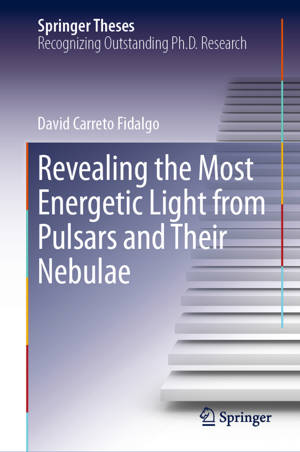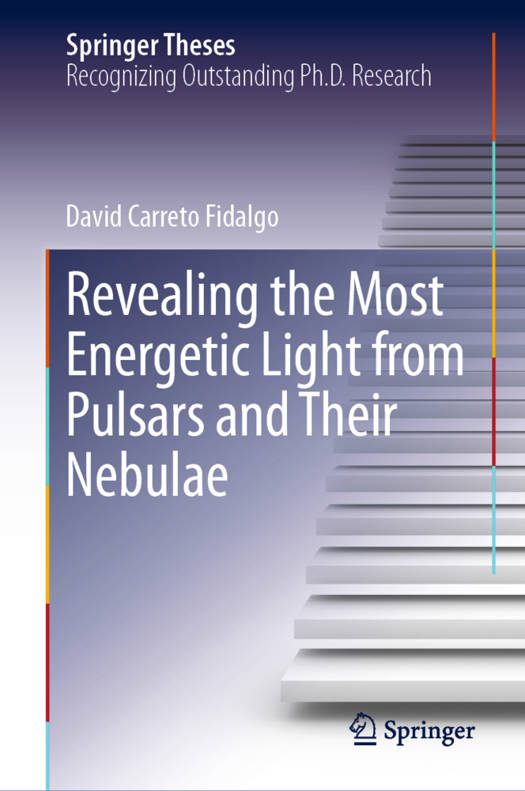
- Afhalen na 1 uur in een winkel met voorraad
- Gratis thuislevering in België vanaf € 30
- Ruim aanbod met 7 miljoen producten
- Afhalen na 1 uur in een winkel met voorraad
- Gratis thuislevering in België vanaf € 30
- Ruim aanbod met 7 miljoen producten
Zoeken
Revealing the Most Energetic Light from Pulsars and Their Nebulae
David Carreto Fidalgo
€ 167,95
+ 335 punten
Uitvoering
Omschrijving
This book reports on the extraordinary observation of TeV gamma rays from the Crab Pulsar, the most energetic light ever detected from this type of object. It presents detailed information on the painstaking analysis of the unprecedentedly large dataset from the MAGIC telescopes, and comprehensively discusses the implications of pulsed TeV gamma rays for state-of-the-art pulsar emission models. Using these results, the book subsequently explores new testing methodologies for Lorentz Invariance Violation, in terms of a wavelength-dependent speed of light. The book also covers an updated search for Very-High-Energy (VHE), >100 GeV, emissions from millisecond pulsars using the Large Area Telescope on board the Fermi satellite, as well as a study on the promising Pulsar Wind Nebula candidate PSR J0631.
The observation of VHE gamma rays is essential to studying the non-thermal sources of radiation in our Universe. Rotating neutron stars, also known as pulsars, are an extreme source class known to emit VHE gamma rays. However, to date only two pulsars have been detected with emissions above 100 GeV, and our understanding of their emission mechanism is still lacking.
The observation of VHE gamma rays is essential to studying the non-thermal sources of radiation in our Universe. Rotating neutron stars, also known as pulsars, are an extreme source class known to emit VHE gamma rays. However, to date only two pulsars have been detected with emissions above 100 GeV, and our understanding of their emission mechanism is still lacking.
Specificaties
Betrokkenen
- Auteur(s):
- Uitgeverij:
Inhoud
- Aantal bladzijden:
- 208
- Taal:
- Engels
- Reeks:
Eigenschappen
- Productcode (EAN):
- 9783030241933
- Verschijningsdatum:
- 30/07/2019
- Uitvoering:
- Hardcover
- Formaat:
- Genaaid
- Afmetingen:
- 156 mm x 234 mm
- Gewicht:
- 498 g

Alleen bij Standaard Boekhandel
+ 335 punten op je klantenkaart van Standaard Boekhandel
Beoordelingen
We publiceren alleen reviews die voldoen aan de voorwaarden voor reviews. Bekijk onze voorwaarden voor reviews.







